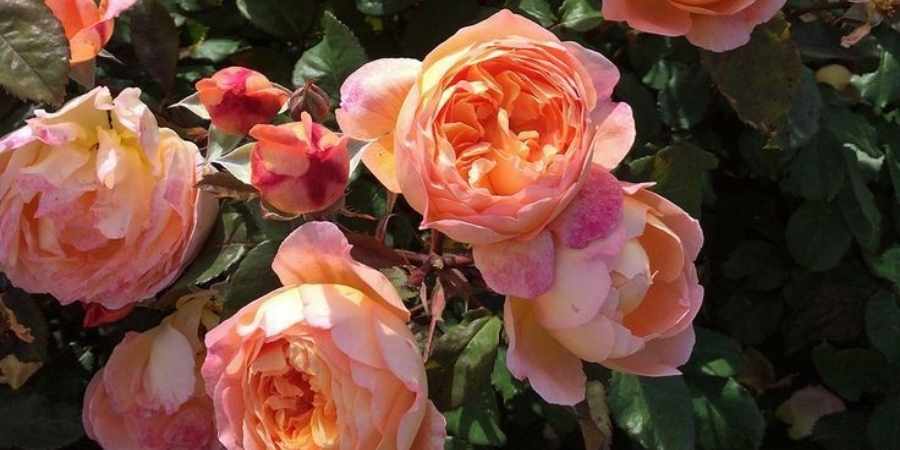Flowers have long been more than just beautiful decorative elements—they hold deep cultural significance around the world. From rituals and festivals to art and spirituality, flowers are intertwined with the fabric of diverse cultures. Whether it’s the delicate lotus in Asia, the vibrant marigold in Mexico, or the cherished rose in Western societies, each flower carries a unique meaning that reflects the values and beliefs of a particular culture. With the convenience of order flower delivery, it’s easier than ever to share these symbolic blooms and their meaning across borders, connecting people globally through the language of flowers.
Flowers in Asian Cultures
In many Asian cultures, flowers are deeply symbolic and often associated with spirituality. The lotus is one of the most prominent symbols in countries like India and Thailand, representing purity, enlightenment, and rebirth. In Buddhist culture, the lotus is believed to grow from the mud but remain untouched by it, symbolizing spiritual growth and detachment from the material world.
In Japan, flowers are also significant in ceremonies and art. The cherry blossom, or sakura, is a national symbol of Japan, representing the fleeting nature of life. The short blooming period of sakura flowers is a reminder of life’s impermanence and beauty, often celebrated during the annual Hanami festival, where people gather to admire the blossoms.
Flowers in Western Traditions
In Western cultures, flowers have a long history of symbolism in both art and religion. The rose, especially the red rose, is universally associated with love and passion, making it a popular flower for romantic gestures. The rose’s symbolism also extends to Christianity, where it is often linked to the Virgin Mary, representing purity and divine love.
In addition to love, flowers like the lily are symbolic of resurrection and renewal, often seen in religious celebrations like Easter. Their pure white petals symbolize the resurrection of Christ and the triumph of life over death.
Flowers in Latin American Cultures
In Mexico, flowers are integral to cultural and spiritual life. The marigold (or cempasúchil) plays a central role in the Day of the Dead celebrations, a holiday honoring deceased loved ones. The vibrant orange color of the marigold is believed to guide spirits back to the world of the living, creating a beautiful and meaningful connection between life and death. During this festival, marigolds adorn altars, and their petals form paths that lead spirits back to their families.
Flowers in African Traditions
In African cultures, flowers also play a significant role in symbolism and spirituality. The baobab tree, often called the “Tree of Life,” is revered for its immense size and longevity. While not a flower, the tree produces a fruit that symbolizes strength and resilience. It’s seen as a source of nourishment, offering shelter, food, and medicine to those who rely on it.
Conclusion: Flowers as Universal Symbols of Connection
Flowers transcend borders, cultures, and traditions. They serve as symbols of love, spirituality, and connection to the divine, creating deep cultural meaning across the world. Whether for a festive occasion or as part of a daily ritual, flowers hold a significant place in human culture. Next time you want to share a meaningful gift with someone, consider the cultural symbolism behind flowers and choose a bouquet that conveys a message as beautiful as it is profound.



